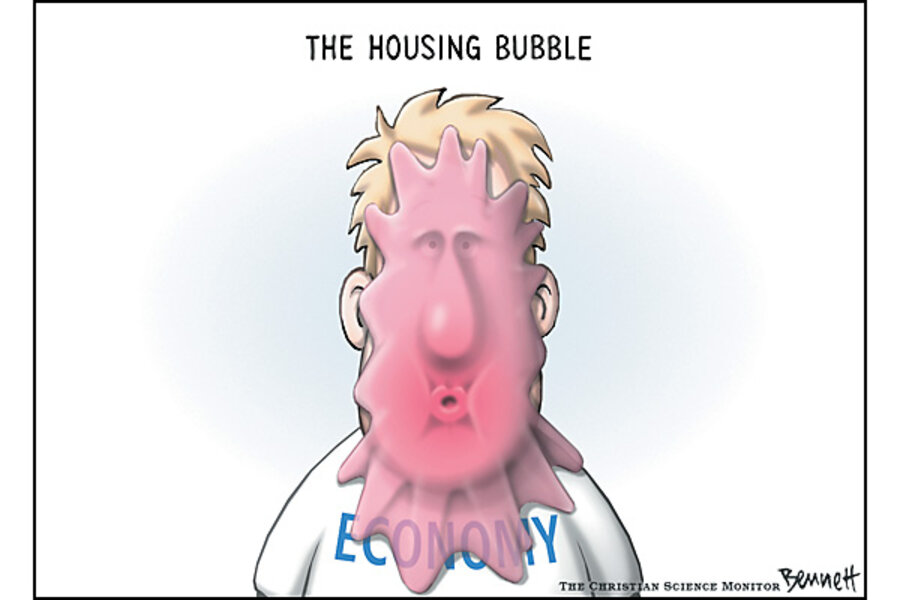Confusing effect with cause again
Loading...
This New York Times story claims to have found a strong correlation between financial bubbles and income inequality.
I don't doubt that a strong historical correlation exists, but from that it doesn't follow that income inequality causes bubbles. Instead, the correlation exists because a common factor, inflationary monetary policy, causes both. Or more specifically, inflationary monetary policy creates higher inequality by creating a bubble that by lifting the net worth of the wealthy and by enriching financial companies causes inequality to increase. Inflationary monetary policy creates the bubble which in turn creates higher inequality.
Thus, higher top income tax rates will not reduce the risk of financial bubbles. Only less inflationary monetary policy will.
------------------------------
The Christian Science Monitor has assembled a diverse group of the best economy-related bloggers out there. Our guest bloggers are not employed or directed by the Monitor and the views expressed are the bloggers' own, as is responsibility for the content of their blogs. To contact us about a blogger, click here. To add or view a comment on a guest blog, please go to the blogger's own site by clicking on the link above.





